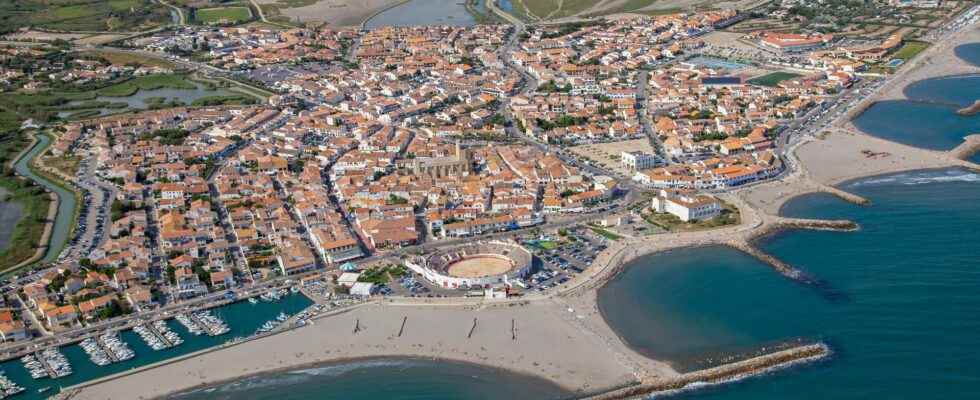On the occasion of Vivatech 2022, Futura met Sweetch Energy, a company offering an innovative way to generate electricity: by osmotic energy.
In addition to the renewable energies already in use, the company Sweetch Energy proposes to add one that is already known but little used until now: osmotic energy. It is generated by the difference of salinity between fresh water and salt water, which meet in estuaries, where rivers flow into the sea.
“Salt in water is a form of energy storage, and that energy can be released when you mix salt water and fresh water.explains Pascal Le Melinaire, co-founder of the company. In the estuaries and deltas of the planet, it is generally a dissipation of energy in the form of heat which occurs. » But capturing this energy to make electricity requires particular technology. “We use INOD® technology, made up of nanometric membranes made from biosourced and environmentally friendly materials”, says a statement from the company.
Renewable energy that does not emit greenhouse gases
The potential of this energy is gigantic: in total, if all the estuaries were exploited, 27,000 TWh would be produced per year, ie the world’s electricity consumption. “ It has the advantage of being permanent, unlike solar and wind power: as long as the river is flowing, we can produce. Like these energies, it is renewable and does not emit GHG », explains Pascal Le Melinaire.
As long as the river is flowing, we can produce
The principle is simple: at the level of an estuary, thepure water is pumped on one side, sea water on the other. They are both transported through systems of membranes andelectrodes, which generate electricity through ion current. These waters are then discharged into the river, intact. As Pascal Le Melinaire reminds us, “ there is no water extraction, we only make a temporary diversion “. Sweetch Energy has already signed a partnership with the Compagnie Nationale du Rhône and should build its first central a few years from now. ” The Rhone is the largest river in France, with a debit of 1,700 cubic meters per second: with a station located downstream, which would not interfere with the hydraulic dams, we could generate as much electricity as half a nuclear reactor. »
Interested in what you just read?
